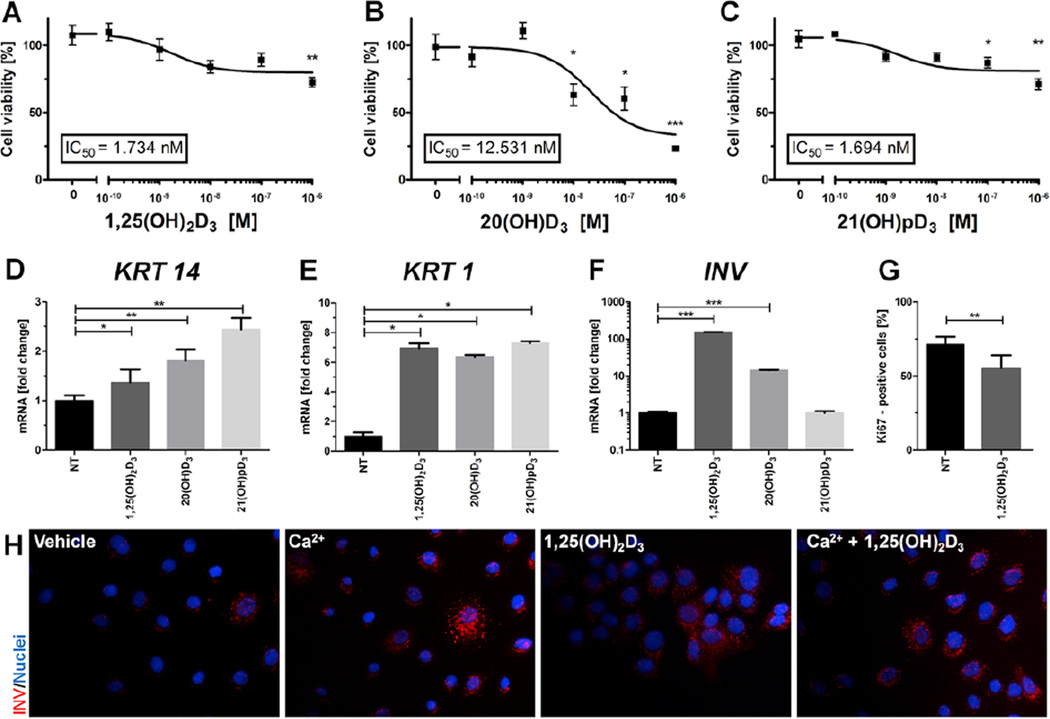Fig. 1. 1,25(OH)2D3 and it analogs inhibit cell proliferation and stimulate differentiation of primary human epidermal keratinocytes (HPEKp cell line).
Inhibition of the growth of primary human epidermal keratinocyte by 1,25(OH)2D3 (A), 20(OH)D3 (B) and 21(OH)pD (C) was measured at 48 h using the SRB protein assay. Concentration-response curves were plotted and the IC50 value determined as the concentration of the secosteroid which caused a 50% decrease in cell proliferation, calculated using Graph Pad Prism 5. Real-time quantitative PCR analyses were carried out on the expression of key differentiation markers, cytokeratin 1 (KRT1, D), cytokeratin 14 (KRT14, E) and involucrin (IVN, F), in primary human epidermal keratinocytes stimulated with 0.1 µM 1,25(OH)2D3, 20(OH)D3 or 21(OH)pD for 24 h. Immunofluorescence labeling for Ki67 in control and stimulated cells with 1,25(OH)2D3 (0.1 µM) indicated a decrease in number of cells which entered cell cycle (G). Data are presented as means ± SD. Involucrin immunofluorescent-stained primary human epidermal keratinocytes (H) displayed increases in cell differentiation between control and stimulated cells with 1,25(OH)2D3 (0.1 µM), Ca2+ (2.5 mM) or both. Magnification 400×. *P < 0.05, **P < 0.01, ***P < 0.001 compared to control.

